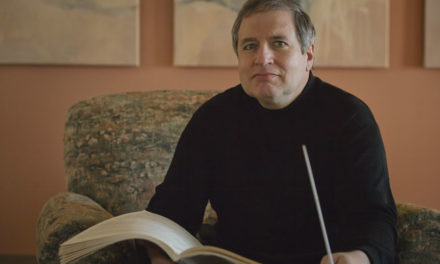BY NORM CRAMPTON
Jeannine Bell is an expert at reminding Americans about a topic many of them would rather forget.
Her latest book, Hate Thy Neighbor, which came out in June from New York University Press, bears the sobering subtitle, Move-In Violence and the Persistence of Racial Segregation in American Housing.
Bell, a Harvard University graduate and a professor of law at Indiana University, is a national authority on the racial hatred that neighbors sometimes visit on one another, mainly in poor white neighborhoods that are in the process of integrating.
That wasn’t her own experience growing up, however. Moving into her second neighborhood in Detroit, as a child in the early ’70s, she recalls, “It was a largely white neighborhood; we might have been the second or third [black] family, and people brought over covered dishes.”
Bell analyzes the importance of these long ago acts of kindness: the warm introduction to neighbors, the food presented as a welcoming gift, the exchange of names. All of this served as insurance that might have kept her family in the neighborhood had other neighbors decided they didn’t belong there. If one welcomes minorities when they first move in, Bell insists, and they are later targeted by a hate crime, one’s neighborly support is much more likely to be seen as heartfelt.
For her first book about move-in violence, Policing Hatred, published in 2002, Bell had been embedded with detectives in a major U.S. city to closely observe how the gatekeepers to criminal investigations handled hate-crime reports. That book is now a scholarly reference.
The new book continues to examine the disjuncture that persists in integrating neighborhoods. For research, Bell examined 435 news accounts of contemporary move-in violence, from graffiti scrawled on a garage or porch to a cross burning on the victim’s front yard. There are no easy ways to deal with these hate crimes, she admits.
“I don’t think the existing legal remedies will solve the problem, for a variety of reasons,” Bell says. “One is that, given a cross is burned, that’s not a significant crime, offense-wise. It’s hard to investigate. This is a crime committed by cowards—they do it in the middle of the night.”
Why has Bell spent so much of her career studying this offense?
“Possibly because I’ve integrated so many neighborhoods since I was five years old, I was intrigued by the concept of white neighbors reacting negatively,” she says.
“Bloomington,” adds Bell, “is a safe place to write about these incredibly violent things that happen, because I’m surrounded by people who look really different from me, who have absolutely no problem with me.”












